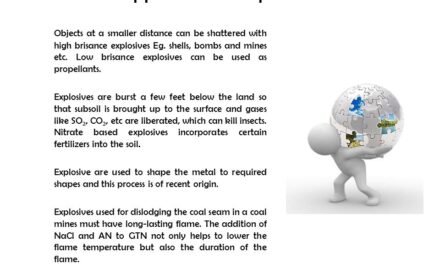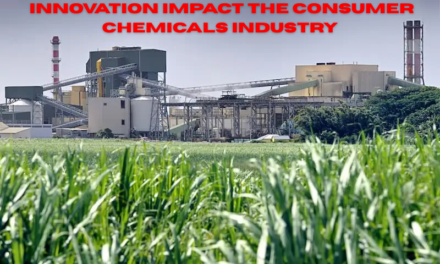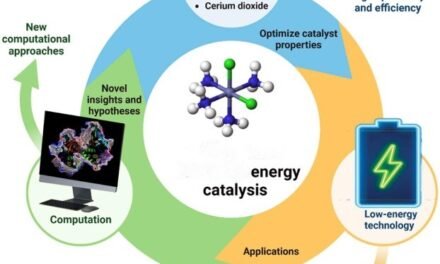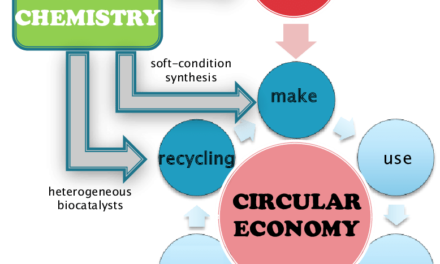Propellants are essential in the aerospace and defense industries, providing the necessary energy to propel vehicles, missiles, and rockets. Here are some key ways in which propellants are used in these sectors:
1. Rocket Propulsion
- Space Launch Vehicles: Propellants are used in the rockets that launch spacecraft into space. These rockets typically use either liquid propellants (such as liquid hydrogen and liquid oxygen) or solid propellants (like ammonium perchlorate and aluminum in solid rocket motors) to generate thrust.
- Reusable Rockets: Modern aerospace companies, like SpaceX, use liquid propellants to launch reusable rockets, reducing costs and increasing the frequency of space missions.
2. Missiles
- Guided Missiles: Propellants are crucial for powering a wide range of military missiles, such as air-to-air, surface-to-air, and cruise missiles. These missiles use solid or liquid propellants to achieve high-speed launches and extended range capabilities.
- Ballistic Missiles: These use multi-stage rockets powered by solid propellants or liquid propellants to reach great distances, including into space, before returning to Earth in a targeted strike.
3. Jet Propulsion
- Jet Engines: In aerospace defense, jet engines use liquid fuels like aviation gasoline or jet fuel (Jet-A) combined with air compression to propel aircraft. Propellants in this context involve a fuel-air mixture that ignites to produce thrust, making high-speed flight possible.
- Afterburners: Some military aircraft use afterburners, where additional fuel is injected and ignited after the turbine, producing extra thrust for supersonic speeds. The propellant used here is often a highly refined jet fuel.
4. Satellite and Spacecraft Maneuvering
- Thrusters for Satellites: Propellants are used in reaction control systems (RCS) of satellites and spacecraft. These small thrusters, powered by hydrazine or xenon gas (in electric propulsion systems), allow for precise movement, orbit corrections, and orientation control in space.
- Spacecraft Propulsion: Some spacecraft rely on ion engines or electric propulsion, which use low amounts of propellant like xenon gas that is ionized and expelled at high speeds to provide thrust in the vacuum of space.
5. Test and Simulation
- Propellant Testing: The aerospace and defense industries test new propellants in controlled environments to evaluate their performance, stability, and energy output. These tests are crucial for developing more efficient and powerful propulsion systems for future missions.
6. Suborbital Flights and Research
- Suborbital Rockets: Some defense applications involve suborbital rockets powered by solid or liquid propellants, used for scientific research or testing. These rockets are designed to reach the edge of space before descending back to Earth, testing new materials, technologies, and flight dynamics.
In summary, propellants are indispensable in the aerospace and defense industries, powering everything from space exploration to military defense systems, providing thrust and maneuverability for aircraft, rockets, missiles, and satellites.

















